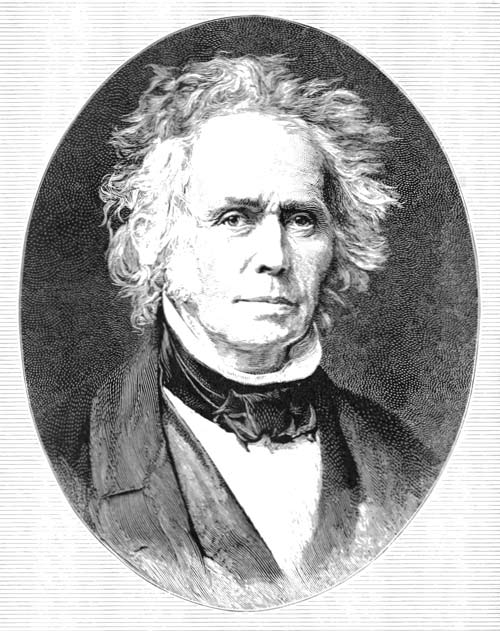Bond, William Cranch (1789–1859) and George Phillips (1825–1865)

William Cranch Bond.
William and George Bond were father and son American astronomers. William became an expert maker of chronometers and by 1812 was fashioning most of the superior ones used by ships sailing out of Boston. He developed a passion for astronomy and turned part of his home into an observatory. In 1815, he was sent by Harvard College to Europe to visit existing observatories and gather data preliminary to the building of the Harvard College Observatory (HCO). Bond supervised the HCO's construction and, in 1839, became its first director. In 1847, a 15-inch (37.5-centimeter) telescope was installed, matched in size by only one other in the world. With it, Bond studied sunspots, the Orion Nebula, and Saturn.
George became his father's assistant and, in 1859, succeeded him as director of the HCO. Much of his work was done in cooperation with his father. While they were studying Saturn together, George, in 1848, discovered its eighth satellite, Hyperion (found independently in the same year by William Lassell). His observations led him to reject the previously held theory that the rings of Saturn were solid, though his hypothesis of their being in a fluid state was in turn soon discarded. His memoir on Donati's comet of 1858 in the Annals of the Harvard College Observatory, Vol. III, remains one of the most complete descriptions of a great comet ever written. With his father, he developed the chronograph for automatically recording the position of stars and was a pioneer in the use of the chronometer and the telegraph for determining longitude. Together, they applied Daguerre's photographic process to astronomy for the first time in America.


